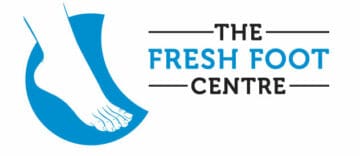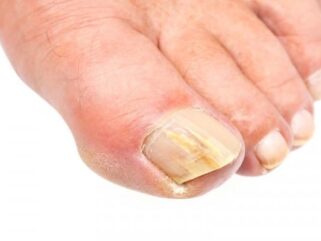Fungal infections on the foot skin and the toe nails are common yet unappealing. The correct term for the fungus in toe nails is Onychomycosis and is often hard to eliminate by common cleansing means. On the other hand, fungal infections on the foot skin are coined as Tinea or athlete’s foot. Most of the time, fungal infection on the skin leads to infection of the nails and vice versa.
A nail infected with a fungus can manifest itself with discolouration – it may turn yellow, white, or black. Occasionally, the nail rises and separates from the nail bed of the toe. Infected nails may also thicken and become deformed. It may eventually develop into ingrown toe nails, which are very painful.
Most people turn to conventional over-the-counter ointments that are often expensive yet ineffective. It is a fact that, without a podiatrist to remove the infected nail, recovery for such condition is minimal.
Moreover, it is also crucial for people with diabetes to have their toe nails and foot skin checked. A patient with diabetes is at a high risk of getting fungal infections, and he or she should get immediate intervention at the first sign of infection.
Signs of fungal infection on the nail includes:
- Discolouration (yellow, white, or black)
- Distorted or deformed shape
- Crumbly looking and raised or separated from the nail bed.
Symptoms of Tinea or athlete’s foot can be the following:
- Reddish skin
- Flakiness or itchiness
- Occasional burning, pain, or cracks between the toes
- Sometimes, blisters are also seen.
The podiatrists in The Fresh Foot Centre can clinically diagnose a toe nail and skin fungal infection. Once an assessment is done, he or she may sometimes require a toe nail clipping. The clipping is tested at the pathology department to determine the causative agent responsible. General physicians often request a podiatrist to obtain the sample, and we can obtain the best nail sample as we have the appropriate and sterile instruments for the job. We perform this procedure on a daily basis.


